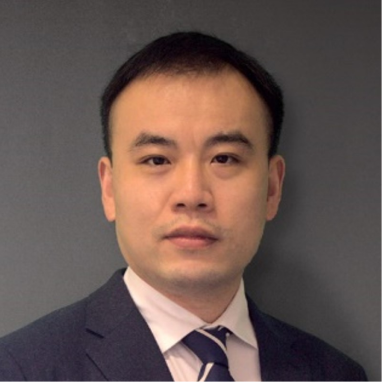THEME 2
Sustainable Marine Infrastructure Enabled by the Innovative Use of Seawater Sea-Sand Concrete and Fibre-Reinforced Polymer Composites
T22-502/18-R
Coordinating Institution
- The Hong Kong Polytechnic University
Participating Institution(s)
- City University of Hong Kong
- The Hong Kong University of Science and Technology
- Southern University of Science and Technology
- University of Macau
- Vanderbilt University
- University of London
Abstract
Coastal cities like Hong Kong rely heavily on their coastal and marine (referred to as “marine” hereafter for brevity) infrastructure for social-economic development. There are two major challenges for marine infrastructure. One is steel corrosion, which is the main cause for infrastructure deterioration. Another is the shortage of fresh water and river sand for making concrete. This project aims to address both challenges by developing a new type of concrete structures to achieve sustainable marine infrastructure: seawater sea-sand concrete (SSC) structures reinforced with fibre-reinforced polymer (FRP) composites (referred to as FRP-SSC structures). As FRP composites have excellent corrosion resistance, they are gaining increasing acceptance as replacement of steel in conventional reinforced concrete structures in aggressive environments. By capitalising on the durability of FRP composites, seawater and sea-sand can be directly used in constructing marine infrastructure. The project team has developed mix proportions for SSC of different grades, various innovative forms of FRP-SSC structural members and connections, as well as various sensing technologies for long-term monitoring of FRP-SSC structures. Furthermore, the project team has developed a performance simulation platform for the long-term performance of FRP-SSC structures.
Research Impact
As demonstration projects, the project team has succeeded in constructing FRP-SSC paving slabs for the road of a sewage treatment plant in Hong Kong as well as an FRP-reinforced seawater concrete structure in mainland China. FRP-SSC structures are also being used in two other demonstration projects in Hong Kong, for the reconstruction of a pier and for the construction of a wave wall, respectively. With continuous efforts of the project team and the relevant government departments and industry partners, wider applications of the new type of structures in Hong Kong and beyond can be expected.
The research outcomes of this project constitute a major technological breakthrough in marine infrastructure which is of great importance to Hong Kong as a coastal city. With their many advantages, FRP-SSC structures will revolutionise the construction of marine infrastructure. The research outcomes of this project will also provide a strong basis for Hong Kong to export the related technologies in sustainable marine infrastructure to mainland China and beyond.

The Hong Kong Polytechnic University
Professor Tao YU is a Professor in Structural Engineering in the Department of Civil and Environmental Engineering and an Associate Director of the Research Institute for Sustainable Urban Development at The Hong Kong Polytechnic University. Professor YU’s research focuses on infrastructure applications of composite materials, with emphasis on innovative hybrid structures enabled by fibre-reinforced polymer (FRP) and FRP-seawater sea-sand concrete (SSC) structures. Professor YU has authored or co-authored over 160 research papers, which have received over 9000 citations. Professor YU is one of the main contributors for the Chinese national standard “Technical Standard for FRP in Construction (GB50608-2020)” and an inventor of several novel high-performance structural elements incorporating FRP. Professor YU received many prestigious awards, including the Distinguished Young Researcher Award from the International Institute for FRP in Construction (IIFC), and the 2018 Golden Wattle Award (Top Ten Outstanding Australian Chinese Youth).

